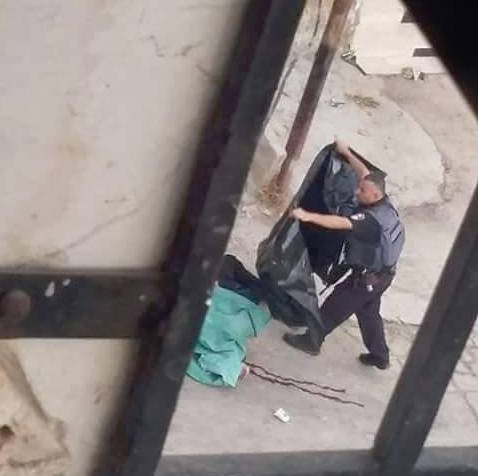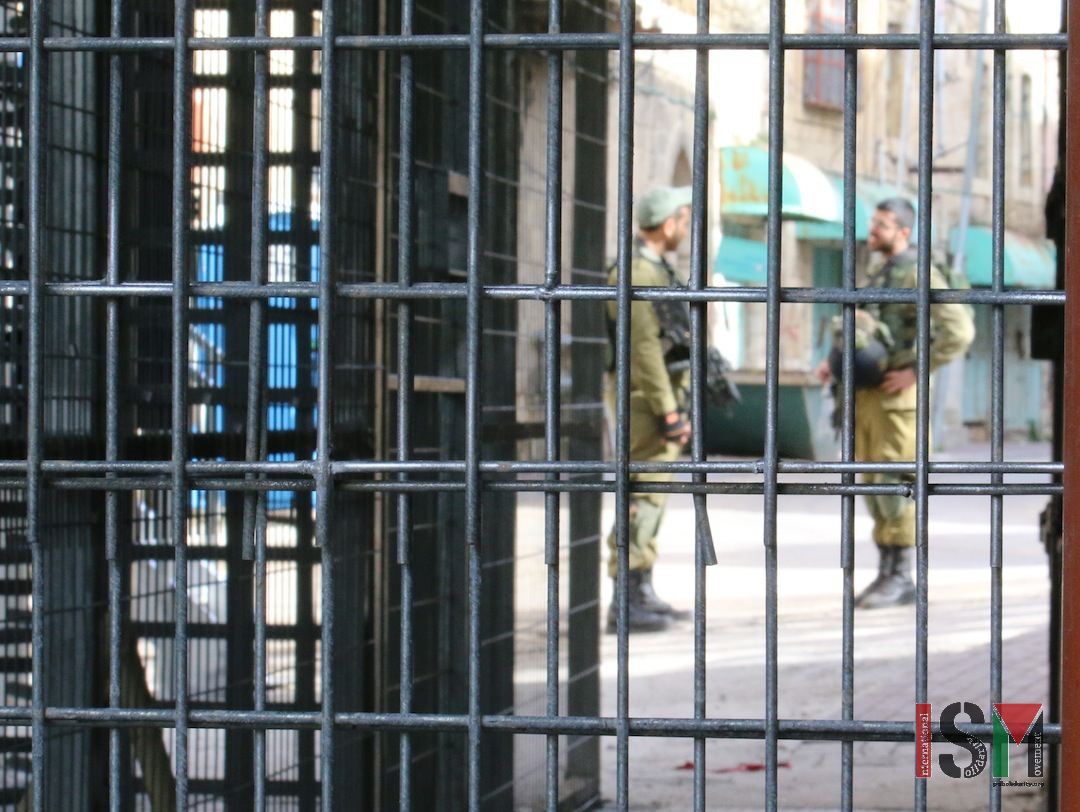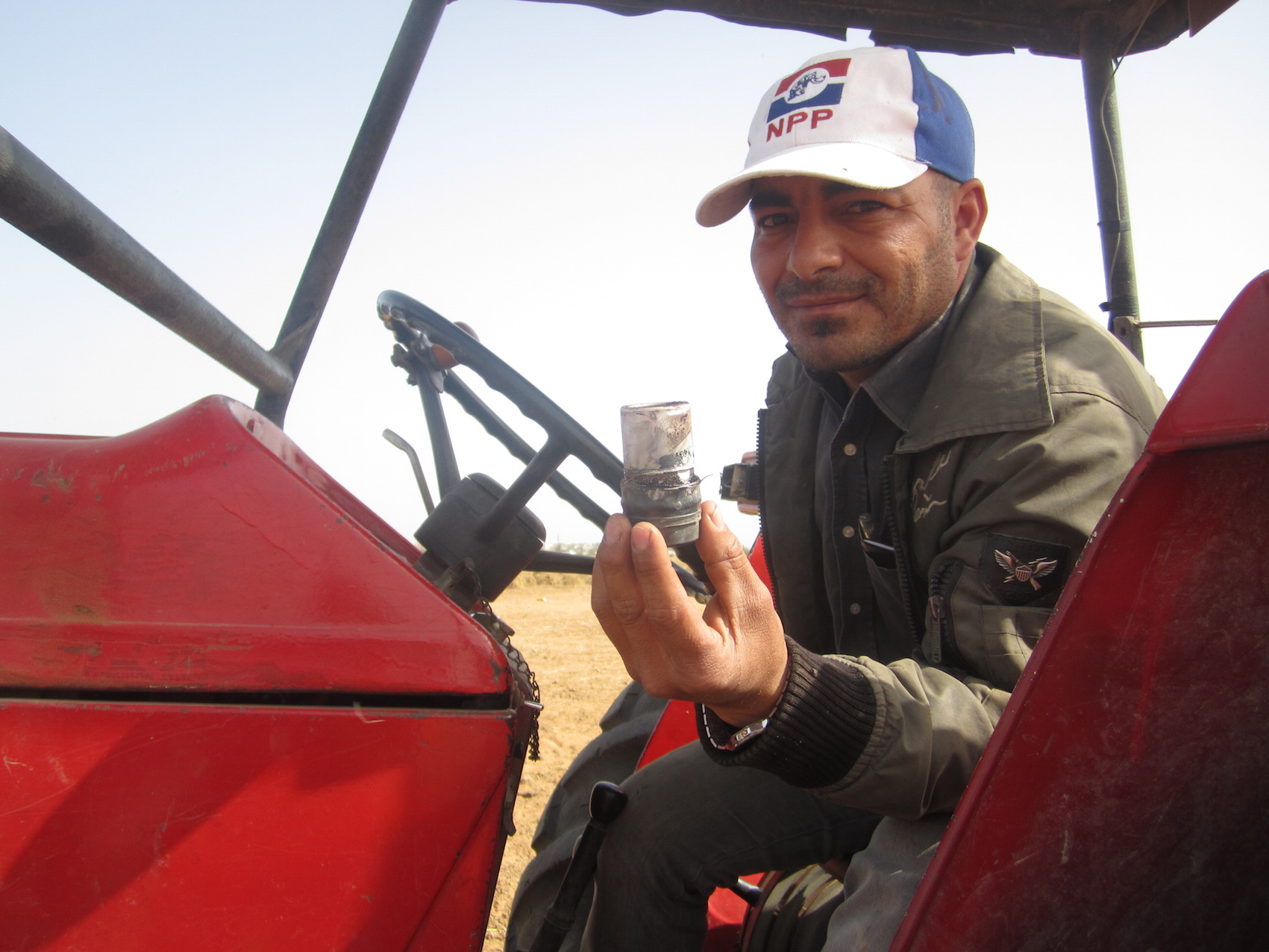Tag: Live Ammunition
-
Israeli forces kill four Palestinians within 48 hours
17th September 2016 | International Solidarity Movement, al-Khalil team | Hebron, occupied Palestine Today, the 17th of september, a young Palestinian man on the age of 22 was shot dead by Israeli forces in Tel Rumeida. Hatem Abed Hafez Shalludi is now the fourth Palestinian that has been killed by Israeli soldiers within the last 48…
-
Two Palestinians killed and several injured in Hebron
16th September 2016 | International Solidarity Movement, al-Khalil team | Hebron, occupied Palestine After a peaceful Eid holiday, violence surged in occupied Hebron today. Earlier today Israeli forces shot and killed Moussa Mohammed Khaddour, 18 and injured his fiancé Raghad Abdullah Abdullah Khaddour. The couple allegedly tried to ram settlers from the illegal israeli settlement…
-
Israeli attacks on Gaza farmers
3rd September 2016 | International Solidarity Movement, Gaza team | Khan Younis, occupied Palestine According to the Council for European Palestinian Relations the Palestinian agricultural sector’s contribution to the GDP dropped between 1993 (Oslo Accords) and 2009 from 13% to 4.8%, due to the illegal practices of the zionist entity, such as land theft, confiscation…



